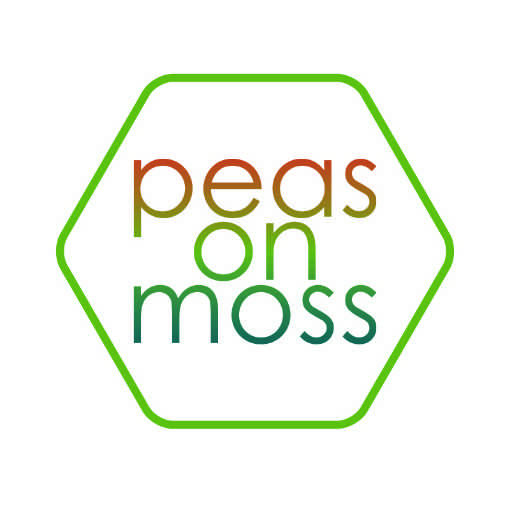If you think rock climbing is unsafe and are afraid for my safety, then read on. It’s probably the least risky activity I do regularly.
I got into rock climbing when Josh and I moved to Seattle, in 2009. We were attending a Marmot-sponsored camp-out for REI employees. The Yukon Trading Company set up camp at Icicle Creek and arranged for various brands to provide demo product and massive giveaways for the participants. Two major outcomes came of this.
The first was the blossoming of a friendship with Beth Rodden, a famous rock climber whose graciousness and vulnerability set a tone for the rest of the climbers. She practically floated up all the bouldering routes we explored, while the rest of us just attempted to calm our shaking knees.
The second was a passion for climbing on rocks and for the community of men and women who also like scaling walls for fun. From the naturally-talented to the barely-hanging-on, we climbers come in all ages, shapes, sizes, experiences. The goal might be to reach the summit, the chains, or the anchor, but the journey – the shear effort it takes to pull oneself up – is definitely just as important.
To me, the terminology, attitude, communication, and teamwork can all parallel the work of product development.
One’s beta, the moves and path taken to scale the wall, is unique to each climber. When you’re hanging on a wall and folks are shouting words up at you, such as “there’s a toe hold to the left of your foot,” the objective of all the suggestions are to help you figure it out.
Likewise, the product development process that you follow in your company should include a time for input, both from peers and cross-functional team members. You might even include a mentor or friend who could provide a 3rd party perspective. The panel is giving you ideas for reaching your goal. While it’s helpful to be aware of what’s being suggested, remember, you’re the climber/developer. Ultimately, the decision is on you – and you’ll do just fine.
The set-up for climbing is also similar to product development cross-functional teams. The climber is on the wall, and she is roped in (or will be, assuming she is lead-climbing) to a belayer, who is her safety line. As the climber progresses up the wall, the belayer gathers in the rope. If the climber slips, she’s safe from hitting the ground.
In some scenarios, the cross-functional team members are your belayers. They’re encouraging you and providing rope for safety, preventing you from cracking your head. In others, it’s specific team members in the overall cross-functional team. For me, the sourcing or purchasing manager is often my belayer. The project manager might also be a belayer. Clear and timely communication are your keys to success here!
The mental game is probably 75% of the climber (developer) experience. From mental mis en place (hello, blog’s name) to the determination that you need to have to keep formulating even when you feel like you’re out of ideas, the attitude is the crux to the project. I strive to enter my workplace (whether that’s PeasOnMoss or my full-time job) with an attitude that today might be the day. In climbing, we might call it our “project” (hey, look at that!) that could take several weeks to accomplish. Some climbers even take several seasons to conquer a wall.
Finally, the biggest way that product development is like rock climbing is the feeling that it is all on the climber (developer) to be successful. That does not actually play out at all, and there turns out to be a whole team of folks who support the climber (developer). It might feel like you’re alone on the wall, but remember, you have a belayer and spotters who are ready to give you beta ideas when you’re ready to hear them.
And don’t forget, once you’ve conquered that wall, it’s onto the next project.
Interested in climbing? Find your local rock climbing gym and sign up for beginner class. You can get more information about climbing here.

Recent Comments